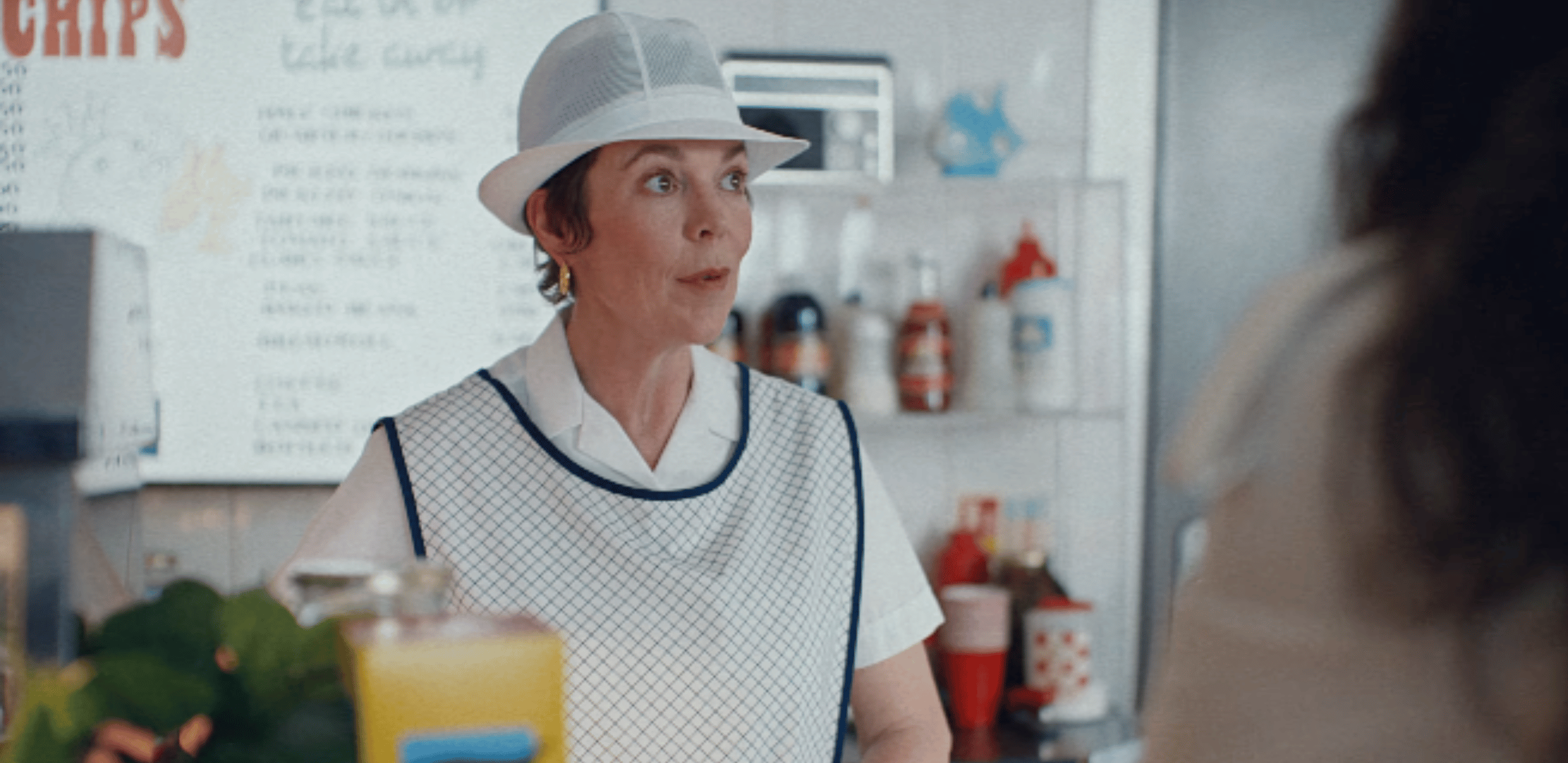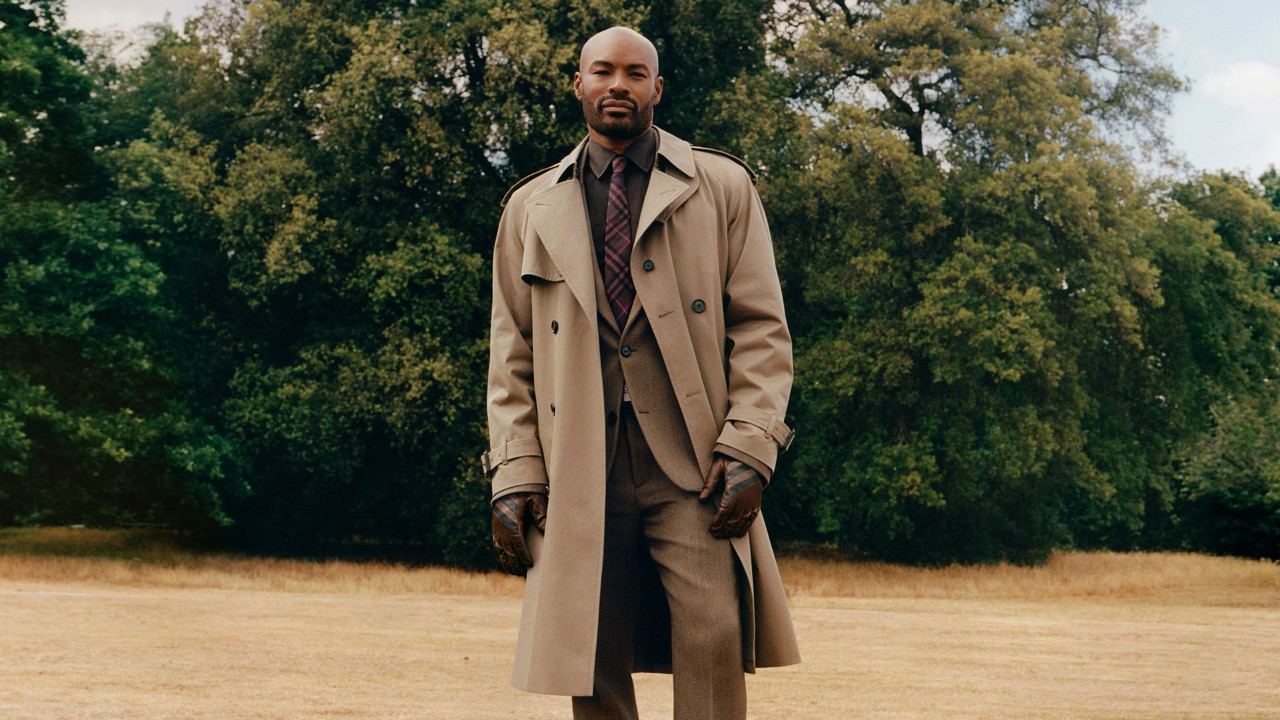
“If you tell the truth, you don’t have to remember anything.” — Mark Twain.
Neuroscience largely bears Twain out. Deception imposes a cognitive tax. Daniel Langleben, MD (UPenn) ran early fMRI deception studies showing that lying recruits more executive control, especially anterior cingulate and prefrontal regions, because you’re inhibiting the truthful response.
Put simply, it asks the brain to suppress the accurate memory, fabricate a plausible substitute, track context, and keep that story consistent, work that draws on executive control and working memory. Honesty also sidesteps a second burden: version control. Invented accounts lack the sensory texture that helps real episodes stick, so they’re harder to retrieve and easier to confuse.
Tell the truth and you keep one coherent trace, not a tangle of edits.
That same preference for clarity over contrivance is powering Burberry, the more-than-165-year-old British house, who is leaning into fashion’s newest mood, earnest, place-first storytelling, casting its outerwear codes in everyday London scenes: a return to earnestness. Burberry’s outerwear work is a clean case study. Built on the creative platform “Postcards from London,” the campaign is structured as a four-film architecture directed by John Madden.
The casting strategy pairs Olivia Colman (whom I’ve long admired; The Father (with Anthony Hopkins) is the only film that’s made me cry and hold my breath all at once) Lucky Blue Smith, Amelia Gray, Mona Tougaard, Liu Wen, and American model and actor best known as the 1990s face of Ralph Lauren Polo, Tyson Beckford.

The narrative device is simple and disarming: first-time tourists move through a London staged with civic-play cool (which I wrote about in last week’s newsletter), while Colman slips into local archetypes, chip-shop staffer, tour guide, cricket fan. Tonally, the films are observational and gently humorous; the cinematography is editorial-grade but un-showy. Product integration classically favours on-body visibility over slogan, letting trenches do the talking.
Why it reads as earnest: It trades gloss for ground. It uses heritage as an emotional anchor without lapsing into irony. The “A Pinch of Salt” postcard captures the balance, affectionate, specific, unhurried, inviting us, the viewer, to frame the unremarkable until it isn’t.
In a feed optimised for volume, that restraint scans as truth because it lowers the audience’s cognitive load.
Clear, place-first stories offer one coherent trace, sensory-specific, easy to encode, so viewers don’t have to reconcile competing signals or “version-control” a message. Psychologically, the brand’s restraint quiets the executive-control “tax” on viewers, so the work lands as earned rather than engineered.
Implications for 2026 brand plans: lead with sincerity, not swagger. Aim for emotional precision, signals of locality, comfort, identity, over bombast. Let humility do part of the storytelling; ordinary scenes, shot with care, can carry weight. Keep the narrative of place and belonging close to the product so the feeling and the thing reinforce each other.
But there are watch-outs. Remove the edge and heritage turns souvenir.
Untethered mood quickly drifts; the link between narrative and merchandise must stay visible. Tip too far into gloss and the sincerity thins; stay too grounded and you risk dulling the aspirational pull.
The task is alignment. Truth in place, truth in product and showing a tad of restraint. Then, getting out of the way.